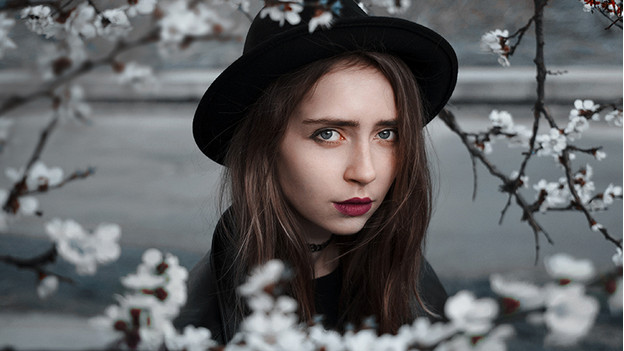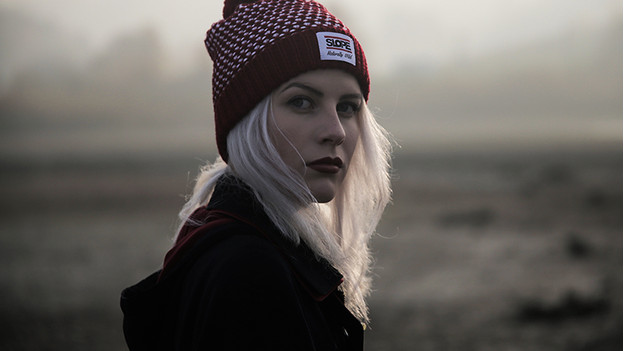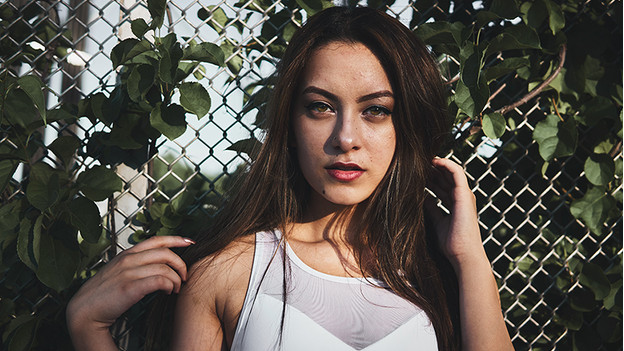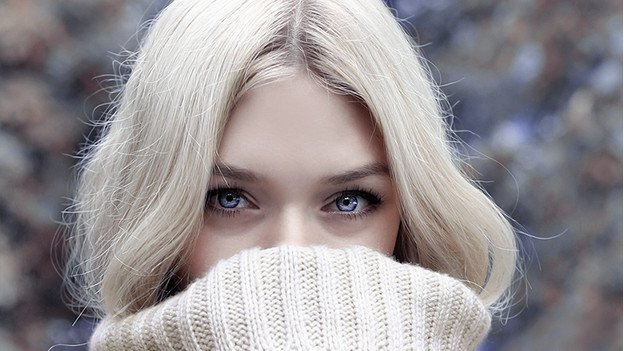
How do you set up your camera for portrait photography?
Aperture

With portrait photography, it's all about the person portrayed. You want all the attention to go to the model. This will only work if your subject is sharp and the rest of the photo is blurry. You can create this effect with a large aperture. This creates a narrow depth of field. As a result, the sharp part of the image is smaller than the blurry part. A large aperture is equal to a small aperture number. Choose an aperture of f/5.6 or smaller.
ISO

Because of the large aperture, it probably isn't necessary to use a high ISO value, as you'll capture enough light for the photo. If this isn't the case, you can increase the ISO. Up to 200 or 400 ISO, for example. Note: the higher the ISO value, the larger the chance of noise. Some cameras have better noise suppression than others. So experiment with this during photographing.
Shutter speed

With portrait photography, you try to improve the exposure by manually setting up the camera. This is because using flash is generally not done. Nobody looks better in flash light, including your model. Only use flashes and studio lighting of you know how to work with this. In addition to a large aperture and a high ISO value, you capture more light with a slow shutter speed as well. Try a shutter speed of 1/100, for example. A faster shutter speed than that will increase the chance of motion blur.
Focus

Eyes speak the most, so you want to focus on them. You can accomplish this by focusing on the eyes. Find the function on your camera that allows you to choose the point of focus. Look at the subject via the viewfinder or the screen. Use the navigation buttons or the touchscreen to make sure the point of focus is on the eyes. Press the shutter release button halfway to focus. You can also focus manually via the lens ring.


